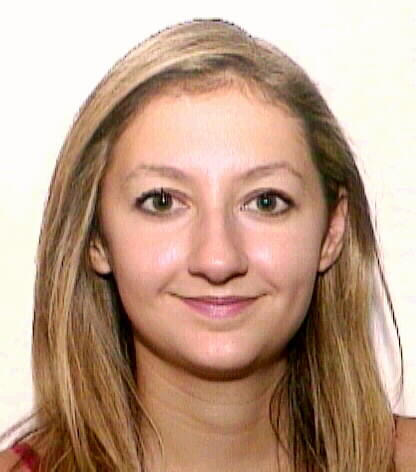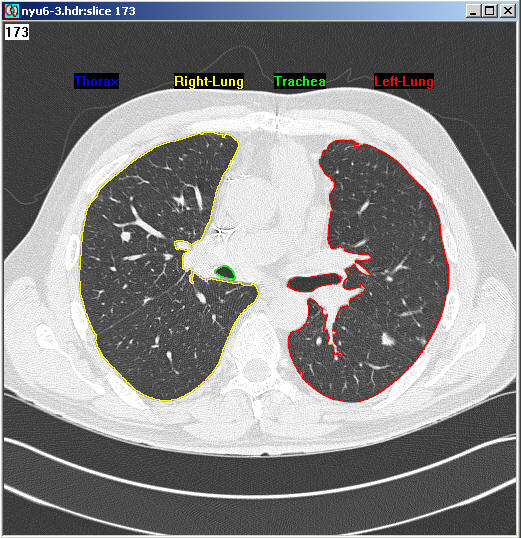Collaborative Research Experiences for Women (CREW) Project at
BU's CS Department
This project is sponsored by the Computing Research Association
Committee on the Status of Women in Computing Research (CRA-W) in
cooperation with the National Science Foundation. The program is
designed to provide collaborative research experiences for groups of
two to three undergraduate women during the academic year. It is hoped
that by increasing the opportunity to do research and by decreasing
the isolation that may be experienced in doing independent research,
women scientists and engineers will be encouraged to pursue similar
work in graduate school. More information about the program can be
found at
www.cra.org.
Participants
| Undergraduate Students | | Faculty Mentor |

|

|

|
- Sarah Dubauskas
|
- Kenda Stewart
|
- Margrit Betke
|
Project Overview
Data mining uses database queries to search for hidden patterns in
data. Little work has been done in searching medical image databases
for hidden patterns [Brodley et al 1999]. A large number of computed
tomography (CT) scans are produced regularly to follow the 8.2 million
patients with a history of cancer in the US. Lung cancer screening of
smokers is still controversial. If accepted it would result in an
explosion of the number of chest CT scans to be analyzed.
Preliminary computer-aided diagnosis (CAD) systems have been developed
that attempt to copy the rules that radiologists use in evaluating
chest CT scans and detecting pulmonary nodules [Ko, Betke 2001].
However, a ``gold istandard'' for these rules has not been
established. More sophisticated and advanced database and data mining
systems may be able to optimally use the information and knowledge
stored in CAD systems and potentially improve the diagnostic
capabilities of radiologists.
We plan to design indexing and data mining algorithms for a database
of chest CT scans. Database searches will be based on spatial and
temporal properties of nodules, such as location, shape, and
volumetric changes in consecutive CT studies. Queries such as "Where
are the majority of stable nodules located?" and "Find a patient with
a nodule that has a similar growth pattern" would be run on the
database. These queries may reveal information about the differences
between malignant and benign nodules. Our long-term goal is to
discover properties and characteristics that can be used to assist
physicians in interpreting diagnostic imaging studies.

|

|
- Axial CT Image of Chest
|
- Initial Segmentation of Bone Structure
|
Relevant papers:
M. Betke and J. P. Ko, "Detection of Pulmonary Nodules on CT and
Volumetric Assessment over Time." In C. Taylor and A. Colchester,
editors, Proceedings of the International Conference on Medical Image
Computing and Computer-Assisted Intervention, pp. 245--252, Cambridge,
UK, September 1999, Springer-Verlag, Berlin.
C. Brodley, A. Kak, C. Shyu, J. Dy, "Content-Based Retrieval from
Medical Image Databases: A Synergy of Human Interaction, Machine
Learning, and Computer Vision," Proceedings of the Sixteenth National
Conference on Artificial Intelligence July 18-22, 1999, Orlando, FL,
pp. 760-767







